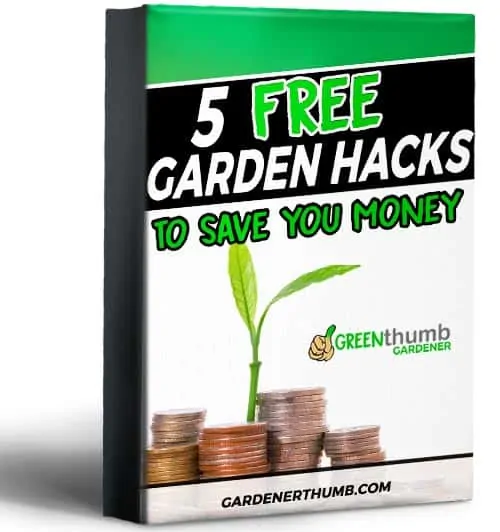When to Plant a Vegetable Garden
Last updated: 6/19/21
I’ve always been interested in owning a vegetable garden. However, I found when to begin quite challenging. I figured that if I started too late, I could hardly provide the vegetables’ ideal conditions. This was also the case if I started too soon.
So, I did some extensive research on when to plant a vegetable garden. Trust me to find loads of useful information.
Let’s dig in!
Green thumb Gardener occasionally links to product and/or services offered by vendors to assist you with all your gardening needs. Some of these may be affiliate links, meaning we earn a small commission if items are purchased.
Want to Download a Garden Hack Guide for FREE
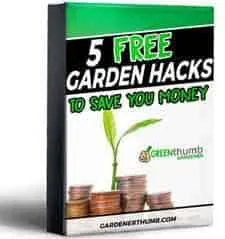
Enter your email below and we will send you a guide to help you SAVE money in your garden.
Best Times to Plant Vegetables
Without any doubt, timing is an essential element when starting your garden. I bet I don’t need to dig into why.
However, keep in mind that timing determines whether you’ll record growth or otherwise.
For instance, a few years back, I had started my lettuce and spinach garden a little too soon. A few weeks after planting, I failed to get any results.
I soon realized that the weather wasn’t exactly conducive, and I wouldn’t record any growth. I bet you don’t want that. Well, that’s why you need to take this seriously.
So, what do you need to know?
Vegetable Types for Each Season
When it comes to planting times, there are two types of vegetables.
1.| Cool Season Vegetables
Cool Season vegetables are typically grown in the spring, fall & even winter. That is when the climate is cold.
Some examples of these categories of vegetables include root veggies, lettuce, and spinach. You plant this vegetable type either before the fall/winter frost or after the spring frost.
2.| Warm Season Vegetables
On the other hand, warm-season vegetables require the soil to be warm before they can grow.
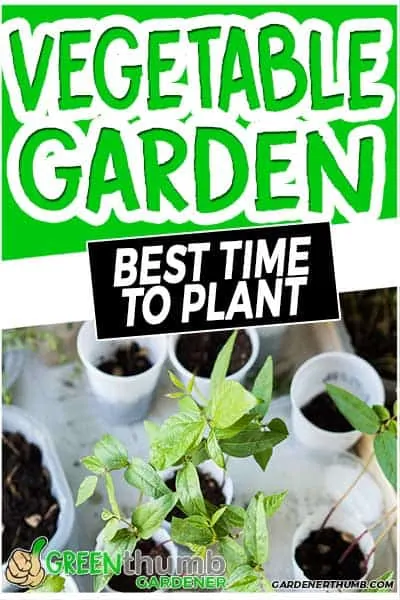
You plant this type of vegetable later in the season when the environment is warm.
Some examples of veggies that fall under this category include peppers and tomatoes.
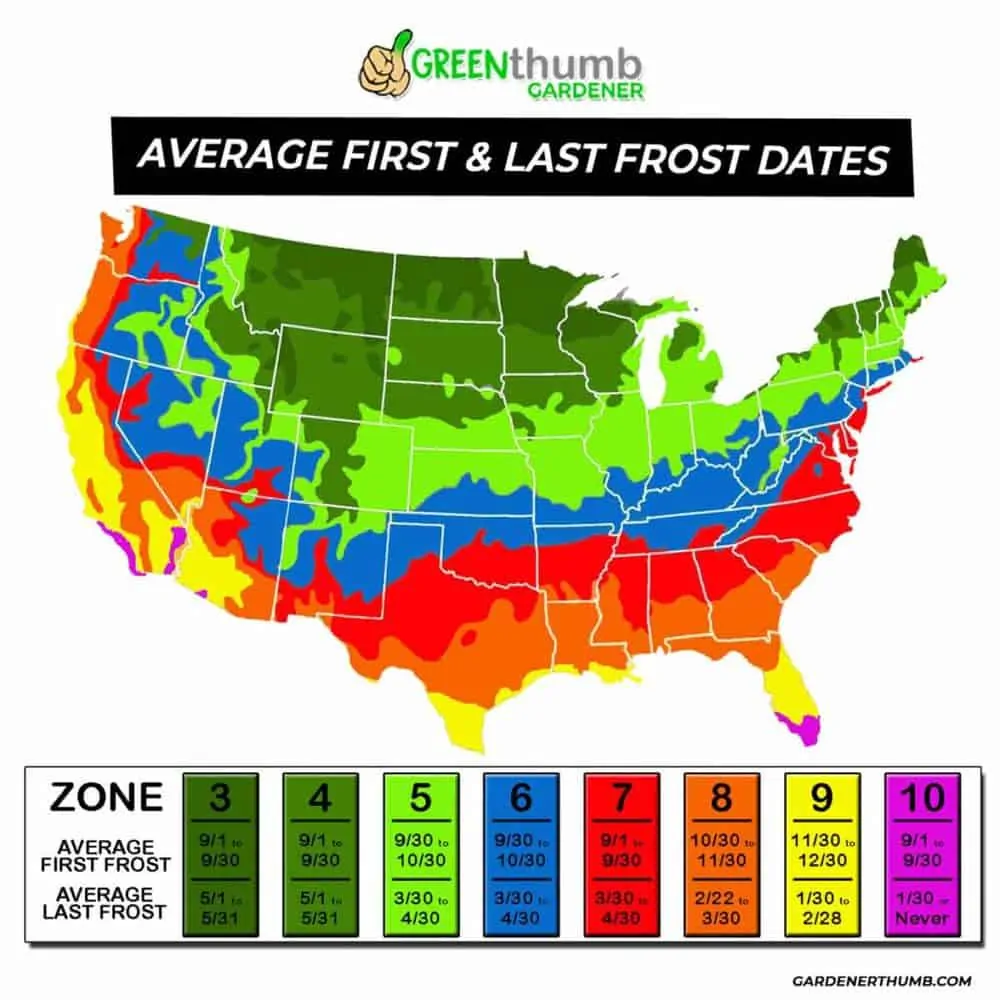
Want to Download this USA Planting Zone Map. Click here to download the PDF.
Planting Times Zones
You must keep something in mind. And that’s the fact that your location plays an essential role in your planting times.
Now, to fully understand this, the US has been divided into seven zones. These zones have somewhat varying climatic conditions that affect the appropriate planting time.
These zones range from zone 3 to zone 9. So, all you need to do is identify your zone for the appropriate information.
In case you don’t know your zone, you can always confirm by searching for the zone where your location falls under.
Now that I’ve cleared that up let’s get into the details.
Zone 3
This is the coldest zone within the US. It also has a short growing season, the shortest there is. The last frost arrives around the middle of May, with the first coming around the middle of September.
It would be best if you kept in mind the possibility of a variation reaching as much as two weeks.
You’ll be able to start most indoor planting by the beginning of May and others by the middle of May. You should get your harvest around the middle of September.
In extreme cases, the end of September or middle of October.
Zone 4
This zone comes with a shorter growing season than what you can obtain in most other zones. As such, it would be best to pick vegetables that grow and mature fast.
Keep in mind that the first frost date will start around June and the last frost in October. So, keep this in mind when planting.
Typically, depending on the vegetables, you can start planting the seeds indoors as early as April. Then, you can transplant them around May and have them ready for harvest in June.
For longer growing plants, it might take till early October to harvest them.
Zone 5
This zone comes with a medium growing season. Regardless, your vegetables should have no issue maturing prior to the first frost date. Typically, the last frost date will occur around May. On the other hand, the first frost date occurs within October, taking the second week or afterward.
Still, remember that this is an estimate. As such, this can vary by as little as a week to as much as a month. You can start planting indoors around late March. For some other plants, early April will do the trick.
Zone 6
This zone is also like zone 5. It comes with a medium growing season. In turn, you can count on your vegetables maturing before the coming of the first frost date. The last frost date occurs in early May, with the first frost date taking early November.
As always, remember that you can’t rule out variation as this is merely an estimate. As such, account for a variation of up to two weeks when planning.
In turn, you can start planting indoors around early March. You can then transplant in a few months. Most of your harvest will occur at the latest by October.
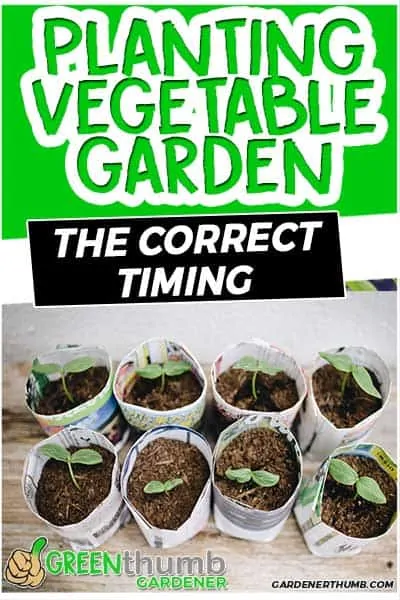
Zone 7
The next zone also comes with a medium growing season. As such, you should be able to pull off your harvest just before the first frost comes. Usually, the last frost date stands in the middle of April and the first frost in mid-November. Still remember that, as in the cases above, this is merely an estimate.
As such, you want to plan for around two weeks of variation when planting. In this zone, you can begin indoor planting as early as mid-February. In most cases, this will allow you to harvest nothing later than June. In turn, you can enjoy two planting seasons within the year.
Zone 8
This is the penultimate zone, and it has a long season that allows your vegetables to mature before the first frost date arrives. The last frost date occurs within the first week of April and the last frost date within the first week of December.
As always, you should make plans for a variation in dates reaching up to two weeks. This way, you aren’t caught unawares.
In this zone, you can begin indoor planting as early as the first week of February. In most cases, you should complete the harvest within three to four months.
However, for longer growing plants and other plants that begin later, you should complete all harvest latest by November.
Zone 9
The final zone within the US comes with long growing seasons and hot summers. You shouldn’t have any problem harvesting all your vegetables before the arrival of the first frost.
The last frost arrives in the first week of March and the first around the middle of December. Don’t forget that there might be some variation in the date reaching up to two weeks. So, be alert when making projections.
You can begin indoor planting as early as January in this zone. In turn, this will allow you to harvest all your vegetables latest June. You can then have another round of planting that should mature by December.
First and Last Frost Date
Now that I’ve explained the relevant planting times, the next thing is understanding frost dates.
You should know that this is extremely important if you plan on getting your plants to the harvest period. This is because failure to do this can spell doom for your plants.
Precisely, your failure to monitor the last frost date can mean your tender plants get killed prematurely.
In the same vein, failure to pay attention to the first frost date can mean your excitement to harvest ends when it’s at its peak. So, you want to pay considerable attention to this.
Still, what is this frost date?
This refers to the average date when you can expect the emergence of the first then last frost. Keep in mind that these are not specific or guaranteed dates. Instead, they are averages that allow you to plan when to plant and harvest. This way, your plants don’t die at the hand of either of the frost.
Getting the First Frost Date
The initial frost date typically takes place in fall. However, in some cases, it occurs in late summer. As such, the period usually spans between late September to the middle of October.
Remember, as I stated earlier, this is merely an average for planning rather than determining the exact time.
Even more, keep in mind that there might be some differences across town due to geographical reasons. So, be sure to confirm your location’s time.
You can do this by searching for your location’s first frost time and adding your zip code. You can also check out the local cooperative extension website in your area.
Getting the Last Frost Date
This naturally occurs in spring. As such, it occurs around the middle to late March. Generally, the last frost date will go a long way in determining when you plant.
So, it’s relevant. You can confirm the dates the same way you did with the first frost date.
Usually, you’ll need to follow the instruction in your seeds packet before planting. In some cases, you’ll need to wait till the danger has passed, especially if growing outdoors.
In other instances, you can sow some weeks before the period where you’re planting indoors.
5 Tips on Starting a Garden
Now that you’ve got more understanding as to the timing, you’re a few steps closer to having your vegetable garden. However, I bet you guessed that there’s surely more to a vegetable garden than the planting time.
Well, your bet is right. You’ll need to keep more in mind if you plan on enjoying a successful planting experience. But, what are these things to keep in mind?
I’ve got you covered. Here are five tips that should help when starting a garden.
1. Have a Gardening Plan
Without any doubt, gardening is a whole lot of fun for you. However, this doesn’t mean that it doesn’t require some level of planning. The reality is that vegetable gardening is one of those activities that require a considerable level of planning.
As such, it would be best to have a clear outline of what you want to do. Keep in mind that you’re most likely not the first vegetable gardener in your area. So, you can always maximize local knowledge to help you formulate that plan.
You want to ask around and find out about your best options based on the environment. You also want to find out what to avoid. This way, you don’t go on wasting your time.
Beyond this, determine the level of output you want and keep it in mind when planting.
2. Pick the Best Location
You can already tell that timing is essential. Well, as an extension to this, you need to focus on the location. Each plant has a location and condition that suits its growth.
This is the same with vegetables.
For instance, you don’t want to go around planting mushrooms under the hot sun. You can bet that it won’t grow. So, be sure to select the best location for a vegetable when you decide to plant it.
So, generally, keep the following in mind.
- Vegetables need sunlight for a minimum of 6 hours daily for proper growth. It would be best to plant where they can access this sunlight.
- Vegetables need well-drained and moist soil for proper growth. So, ensure that your soil status supports vegetable gardening. You can always use raised beds if you’re having trouble with your soil.
- Ensure that the environment is quite stable. You don’t want an area with high foot traffic. In the same vein, you don’t want a place with strong winds.
However, note that some vegetables will have specific needs. So, confirm before you proceed.
3. Start Small
This tip is especially crucial for individuals who are just looking to get into vegetable gardening. The reality is that this can be somewhat challenging with no experience.
Sure, my tips will make your work easier. However, that doesn’t mean you are free from difficulties. If you start with something massive, it can overwhelm you. Eventually, you’ll have nothing to boast of when the planting season ends, and harvesting comes.
Hence, it would be best to remember that a bird in the hand is better than the millions in the sky. So, start small with something you’re guaranteed you can manage and record success with.
It would be best to also limit your vegetable gardening to what you and your family needs. You can then improve its size in time as you gain more experience.
Regardless, ensure that your garden structure allows you easy access to your plants. This way, you have no troubles when you need to weed or harvest. It would be best to keep a concentration of veggies below four feet.
This way, you can be sure to access them when necessary.
4. Water Adequately and Appropriately
The next thing you’ll need to keep in mind is to water adequately. Keep in mind that this is as necessary as any other tip you’ll come across.
This is because water is an essential requirement for vegetable growth. So, understand your plant needs and provide water accordingly.
However, providing adequate water does not mean going overboard with it. In such a case, you will merely cause your roots to get soaked. In turn, this will only cause problems with their growth.
So, ensure you don’t overwater. In some cases, you might want to reduce the number of times you water your plant. By doing this, you’ll cause your vegetable roots to dig deeper to get moisture. As you can guess, the deeper the roots of your vegetables, the better for their resilience.
Also, keep in mind to water properly. You don’t want to get all the leaves wet and cause damage to your plants’ health. So, go for the root.
5. Exercise Patience
The fact is that your plants won’t grow overnight and be ready for harvest. Unless, of course, you’ve got the famed magic seeds. But, we both know that’s not the case.
As such, you’ll want to exercise patience when expecting results from your plants. Keep in mind that each has a growing period. Typically, this differs from plants to plants. So, you can’t always expect to see the same level of growth in two different plants.
So, exercise patience and wait for growth.
Final Thoughts
Getting your vegetable garden on the way requires perfect timing. However, this is sure to pose some challenges, especially if you’re just starting. Well, that doesn’t have to be the case anymore.
I’ve shown you all you need to know about timing. I’ve also provided some tips that will be extremely useful to start gardening. So, keep at it, and you can be sure to have a wonderful experience.
Related Questions
What Month Should You Start a Garden?
There are various thoughts on when to begin planting, and they all depend largely on the type of veggies you intend to cultivate. Regardless, you can begin planting as early as before April.
When Should Vegetables Be Planted?
Your vegetables typically require a temperature between 40⁰F and75⁰F. As such, you can plant your vegetables as early as four weeks prior to the final spring frost.
What Vegetables Should I Be Planting Now?
Various types of vegetables are fit for planting now. They include garlic, onions, peas, broad beans, winter salads, asparagus, and spring onions.
What Is the Best Time of the Day to Plant Vegetables?
The best of the day to plant vegetables is in the morning. This is because their seeds require warmth and sunlight for effective germination, and planting in the morning allows them access to the needed sunlight.









